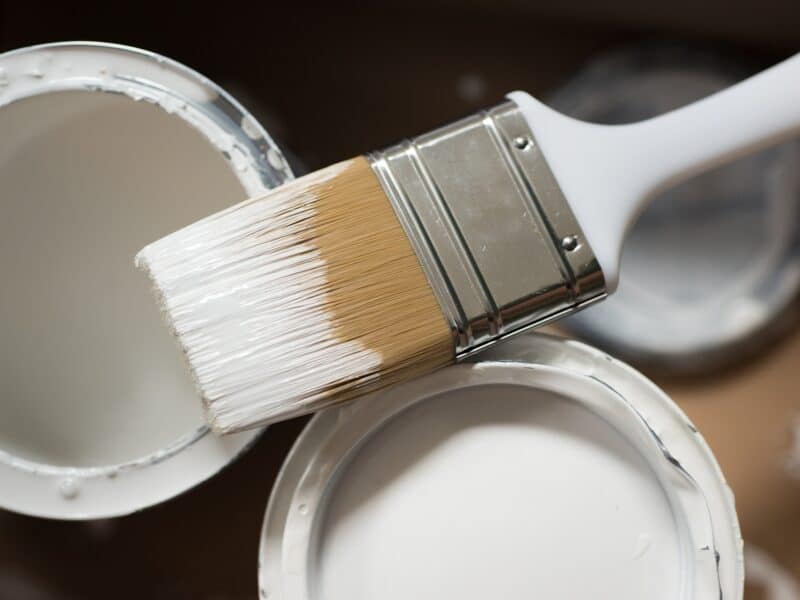Preparation is key when it comes to painting & decorating with sanding-down being the main task. It’s a task people try and avoid but you won’t get a good result if you skimp on sanding. It’s also important to remove as much dust as possible before painting.
Question
I have read on some decorating forums that it isn’t always necessary to lightly sand down between coats of oil based gloss, due to the fact that the pant isn’t cured and so is still able to take a second coat, so the second will still adhere to the previous one as long as the second coat is within the drying period of 24 hours.
Is this correct. I always thought you needed to sand very lightly between gloss coats?
Also, what do you use to remove all traces of dust etc on a newly sanded surface prior to glossing. I know you dust off and clean with white spirit, but what cloth do you use that will not leave bits behind so the surface is perfect for top coat?
Thanks. Tom
Answer
Oil-based gloss does take a while to fully cure but you will always get a build of dust and grit on the surface which make the surface less than perfect. Lightly sanding (and dusting) between coats ensures you get the best possible result.
To remove traces of dust before painting you can buy special tack-cloths. They are made from lint-free fabric and coated with a mild adhesive that lifts any fine dust.
Personally, I usually use a vacuum cleaner with soft brush attachment to get rid of the bulk of the dust and then wipe with damp, lint-free cloth or tack cloth if I want a near perfect finish.
Outside of a controlled environment, you’ll always get a bit of dust but I would advise that after doing the final coat you leave the room undisturbed until the paint has set in order to keep this to a minimum.



